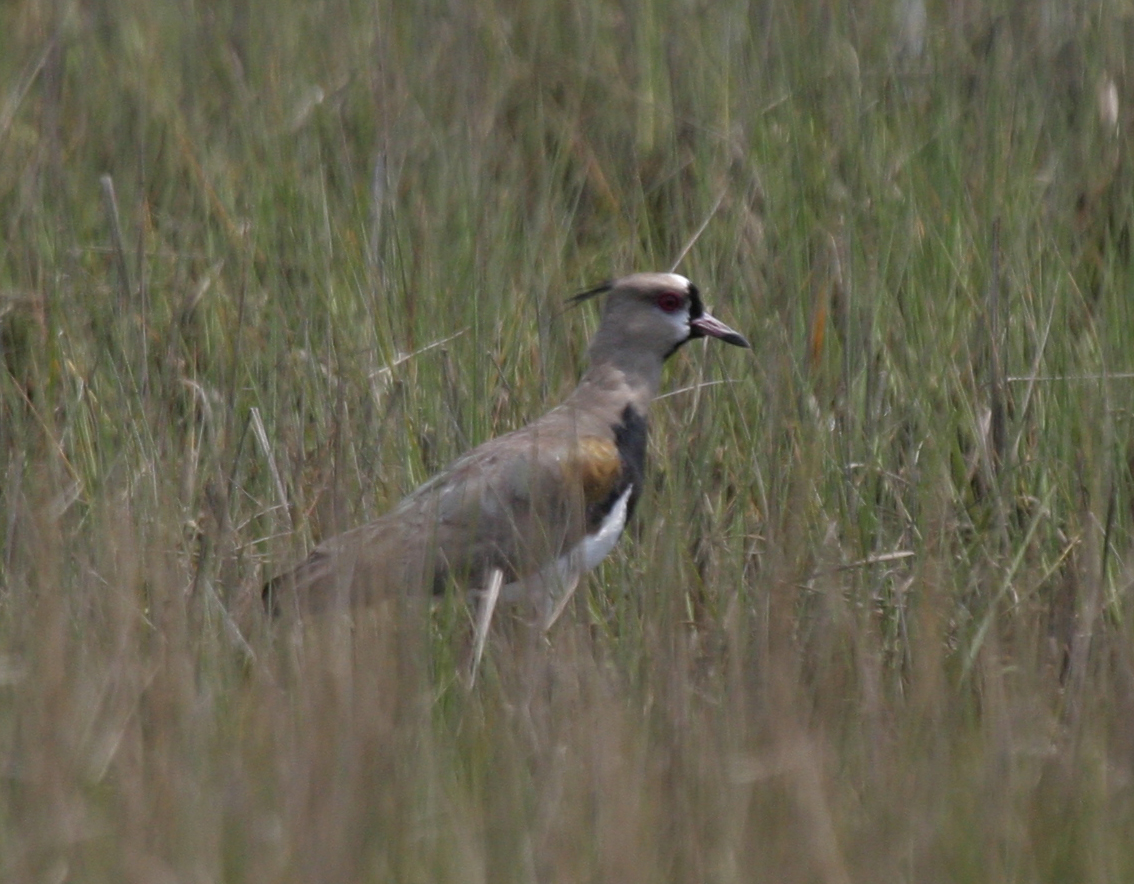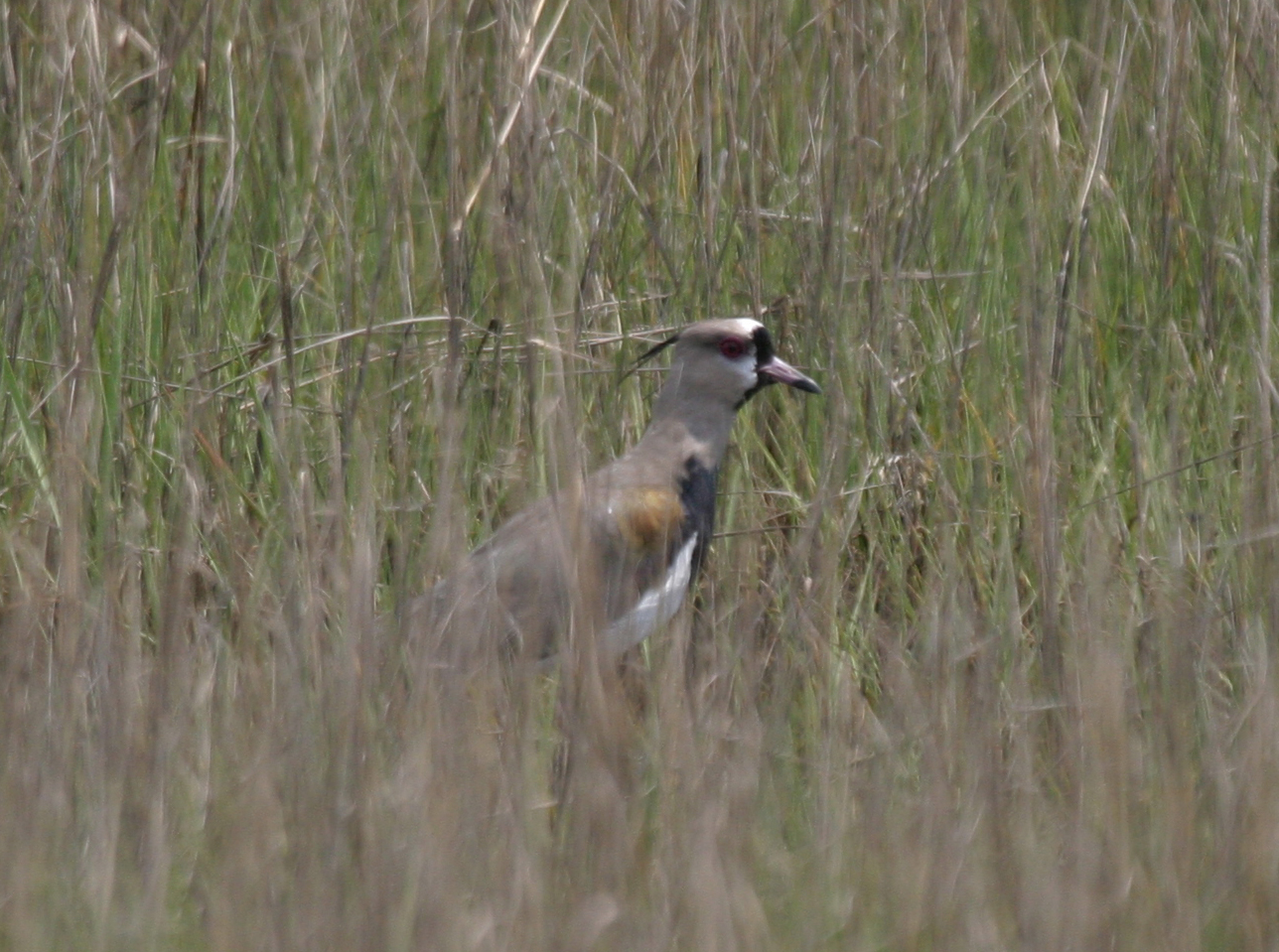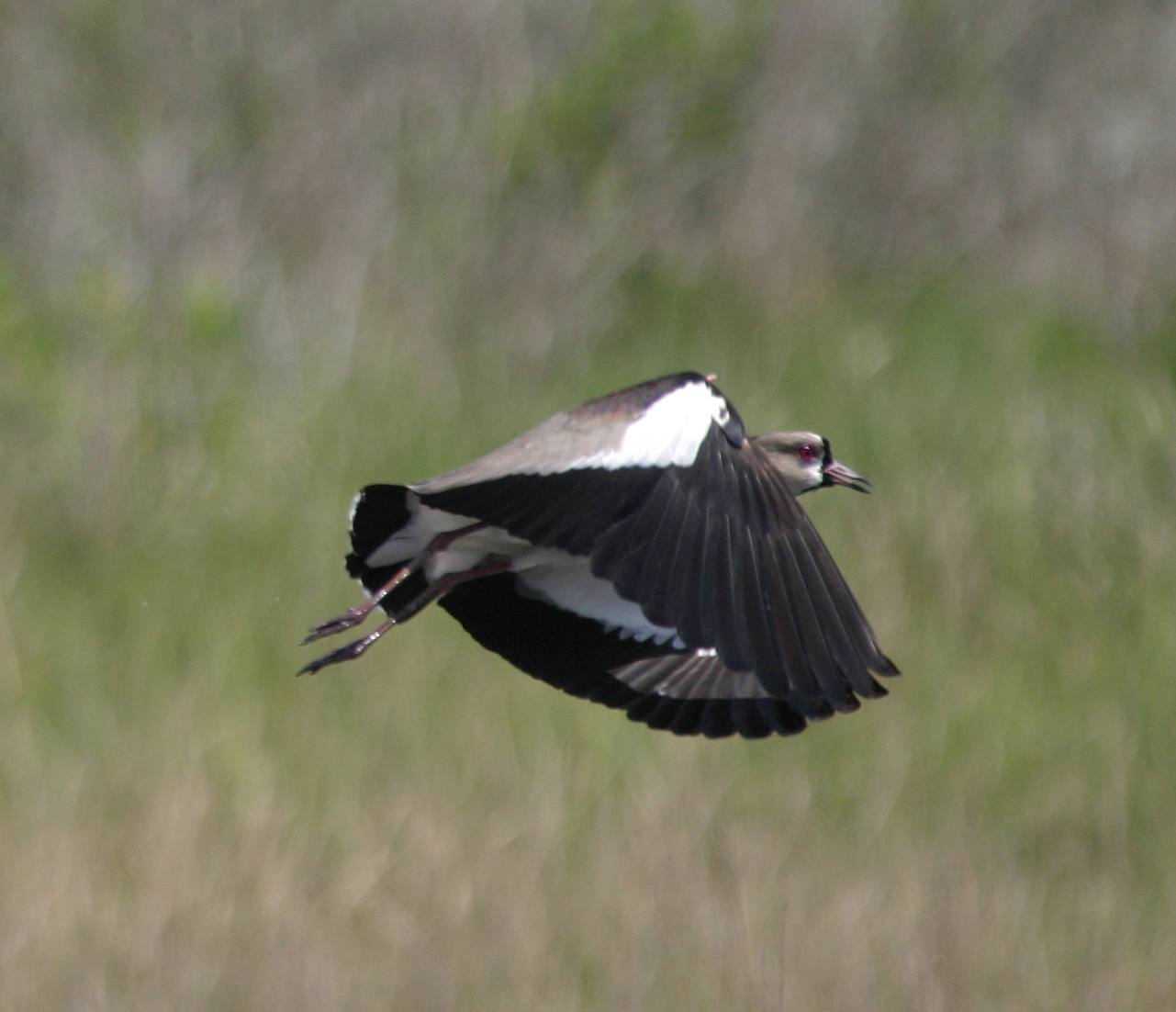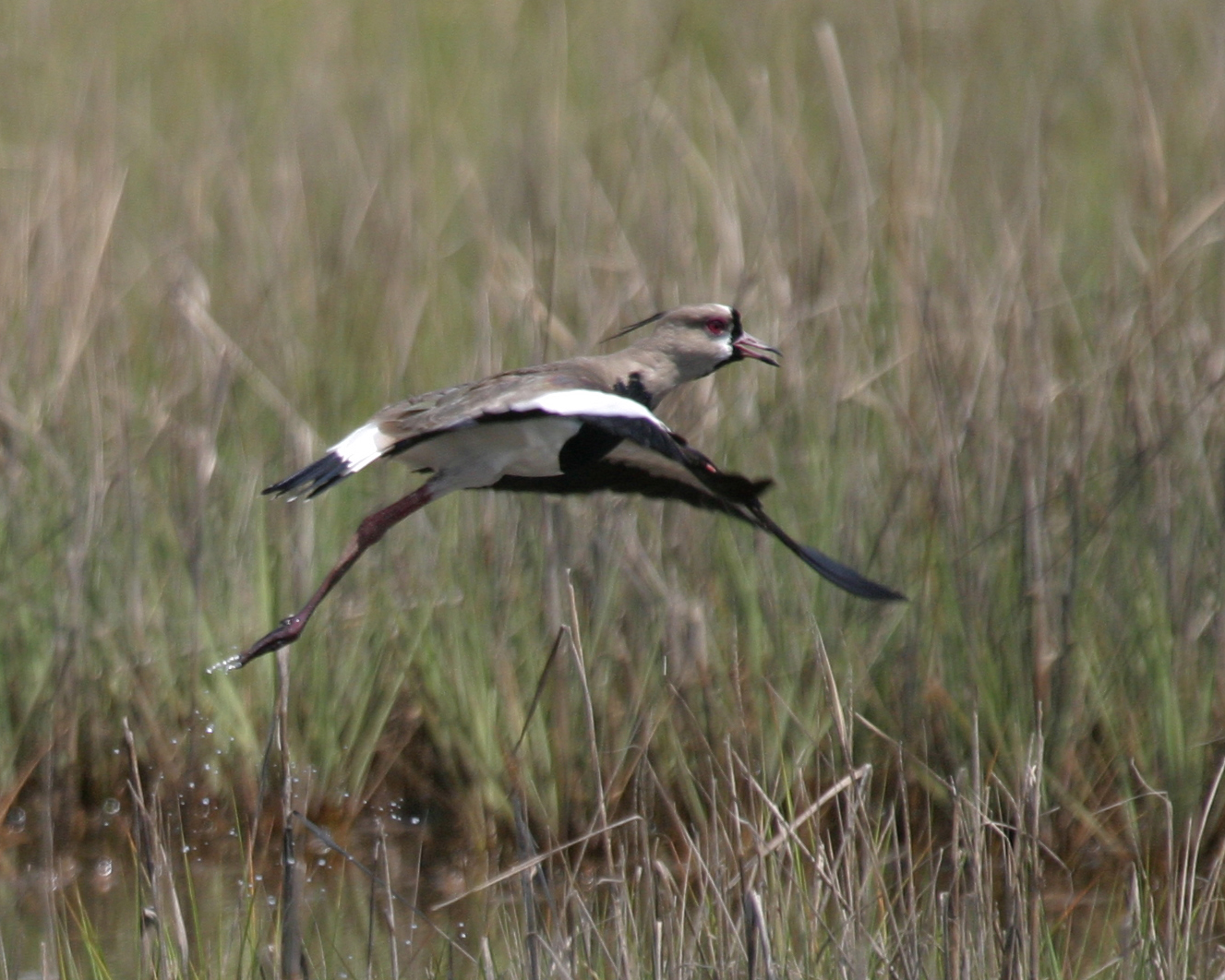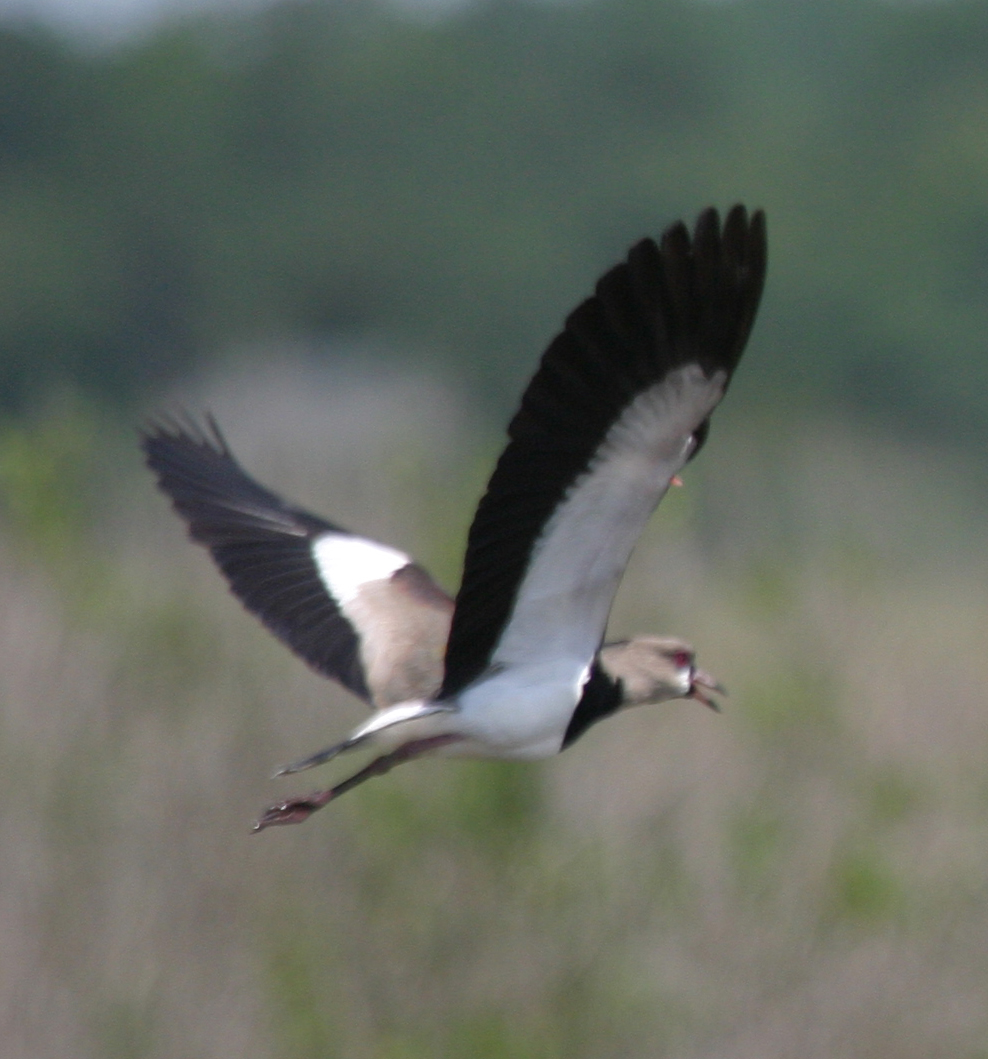Map Snapshot


1 Record
Status
Maryland has one record of this species (#2006-051) that has not been accepted based on concerns over origin. Many believe this record and records from Florida and Michigan represent natural vagrancy from an expanding population.
In March 2024, the American Birding Association voted to accept the species onto the ABA checklist, citing records from Maryland, Michigan, and Florida.
Alvaro Jaramillo shared the following and summarizes the geographical variation in this species: 'the bird looks to be clearly in the cayennensis group (long legs, long black crest, no dark line on breast, slim shape, dull bill color etc.). I also think that based on some of those features as well as the brownish rather than grayish face, that is cayennensis, not a lampronotus from the south. The form cayennensis is the one in the north of South America, and the one that has expanded recently into Central America as well as Trinidad and Tobago. So it is the subspecies that would be expected as a vagrant in North America, or at least more expected than the other forms.'
Seasonality Snapshot
Source: Wikipedia
| Southern lapwing | |
|---|---|

| |
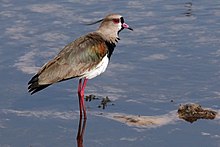
| |
| both V. c. lampronotus The Pantanal, Brazil | |
| Scientific classification | |
| Domain: | Eukaryota |
| Kingdom: | Animalia |
| Phylum: | Chordata |
| Class: | Aves |
| Order: | Charadriiformes |
| Family: | Charadriidae |
| Genus: | Vanellus |
| Species: | V. chilensis
|
| Binomial name | |
| Vanellus chilensis (Molina, 1782)
| |
| Subspecies | |
|
3-4 (see text) | |

| |
| Synonyms | |
|
Parra chilensis Molina, 1782 | |
The southern lapwing (Vanellus chilensis), commonly called quero-quero in Brazil, or tero in Argentina and Uruguay, tero-tero in Paraguay, and queltehue in Chile is a wader in the order Charadriiformes. It is a common and widespread resident throughout South America, except in densely forested regions (e.g. most of the Amazon), the higher parts of the Andes, and the arid coast of a large part of western South America. This bird is particularly common in the basin of the Río de la Plata. It has also been spreading through Central America in recent years. It reached Trinidad in 1961, Tobago in 1974, and has rapidly increased on both islands, sporadically making its way North to Barbados where one pair mated, nested, and produced chicks in 2007. There have been sightings reported in North America with a verified sighting of a bird in Texas posted on Birda on the 17th April 2024.[3]
Description
[edit]This lapwing is the only crested wader in South America. It is 32 to 38 cm (13 to 15 in) in length and weighs approximately 250 to 425 g (8.8 to 15.0 oz). The upperparts are mainly brownish grey, with a bronze glossing on the shoulders. The head is particularly striking; mainly grey with a black forehead and throat patch extending onto the black breast. A white border separates the black of the face from the grey of the head and crest. The rest of the underparts are white and the eye ring, legs, and most of the bill are pink. It is equipped with red bony extensions under the wings (spurs), used to intimidate foes and fight birds of prey.
During its slow flapping flight, the southern lapwing shows a broad white wing bar separating the grey-brown of the back and wing coverts from the black flight feathers. The rump is white and the tail black. The call is a very loud and harsh keek-keek-keek.
There are three or four subspecies, differing slightly in head coloration and voice. Vanellus chilensis fretensis from Patagonia is sometimes included in the nominate subspecies V. c. chilensis. The northern subspecies—V. c. cayennensis from the north and V. c. lampronotus from the south of the Amazon River—are sometimes separated as a distinct species, Vanellus cayennensis. These two subspecies have a browner head—particularly the northernmost birds—and the white face band (broad in the northern and narrow in the southern one) does not reach to the center of the crown. However, birds from the general region of Uruguay apparently intergrade.
Fossil record
[edit]In prehistoric times, the species seems to have been more widespread. Late Pleistocene lapwing bones from Florida were initially described as Dorypaltus prosphatus but have since been regarded as indistinguishable from those of the southern lapwing of the time, except by being smaller. Though they may not be specifically distinct, the lack of this bird's occurrence out of South America on a regular basis today suggests that they may be better considered a paleosubspecies V. c. prosphatus. This would have disappeared as the last ice age ended, but biogeography suggests that the species must also have occurred in Central America and/or the Caribbean. The entirely extinct prehistoric species V. downsi is closely related to the southern lapwing found in California; its remains have been found at the La Brea Tar Pits in Los Angeles. Separated by the Rocky Mountains, V. downsi makes an unlikely ancestor to the southern lapwing, but it is certainly possible that it was a northwestern sister species.[4]
Ecology
[edit]This is a lapwing of lake and river banks or open grassland. It has benefited from the extension of the latter habitat through widespread cattle ranching. When nesting in the vicinity of airports, it poses a threat to the safety of aerial traffic.[5] Its food is mainly insects (such as grasshoppers)[6] and other small invertebrates (including earthworms and cutworms), as well as small fish,[6] hunted using a run-and-wait technique mainly at night, often in flocks. In urban areas like Rio de Janeiro, Montevideo, and La Plata it can even be seen feeding on floodlit soccer pitches during televised matches.
The southern lapwing breeds cooperatively in social groups and that social group consists of a breeding pair with one or two young from the previous breeding season.[7] They breed on grassland and sometimes on ploughed fields, and have an aerobatic flapping display flight. It lays 2–3 (rarely 4) olive-brown eggs in a bare ground scape. The nest and young are defended noisily and aggressively against all intruders (including humans) by means of threats, vocalizations, and low flights. After the breeding season, it disperses into wetlands and seasonally-flooded tropical grassland.
Gallery
[edit]-
Southern lapwing chick
-
Nest of V. c. lampronotus with small clutch
-
V. c. chilensis (Valdivia, Chile)
-
Nesting V. c. lampronotus threatening photographer. Note spurs protruding from wrists.
-
In flight
-
Chick
-
Skeleton
-
V. c. cayennensis, Tobago
-
Southern lapwing with youngster under wings
References
[edit]- ^ BirdLife International (2020). "Vanellus chilensis". IUCN Red List of Threatened Species. 2020: e.T22694075A163620949. doi:10.2305/IUCN.UK.2020-3.RLTS.T22694075A163620949.en. Retrieved 12 November 2021.
- ^ Mlíkovský, Jiří (26 August 2011). "Nomenclatural and taxonomic status of bird taxa (Aves) described by an ornithological swindler, Josef Prokop Pražák (1870–1904)". Zootaxa. 3005 (3005): 45–68. doi:10.11646/zootaxa.3005.1.2.
- ^ Terrilyn Alaniz (2024-04-17). "Sighting". Birda. Retrieved 2024-04-18.
- ^ Campbell, Kenneth E. Jr. (2002). "A new species of Late Pleistocene lapwing from Rancho La Brea, California". Condor (in English and Spanish). 104 (1): 170–174. doi:10.1650/0010-5422(2002)104[0170:ANSOLP]2.0.CO;2. JSTOR 1370353. S2CID 198159856.
- ^ Pereira, José Felipe Monteiro (2008). Aves e Pássaros Comuns do Rio de Janeiro [Common Birds of Rio de Janeiro] (in Portuguese). Rio de Janeiro: Technical Books. p. 54. ISBN 978-85-61368-00-5.
- ^ a b "Vanellus chilensis (Southern Lapwing" (PDF). Sta.uwi.edu. Retrieved 27 March 2022.
- ^ Cerboncini, Ricardo A. S.; Braga, Talita V.; Roper, James J.; Passos, Fernando C. (2020). "Southern Lapwing Vanellus chilensis cooperative helpers at nests are older siblings". Ibis. 162 (1): 227–231. doi:10.1111/ibi.12758. ISSN 1474-919X. S2CID 196682485.
Bibliography
[edit]- ffrench, Richard; O'Neill, John Patton; Eckelberry, Don R. (1991). A Guide to the Birds of Trinidad and Tobago (2nd ed.). Ithaca, N.Y.: Comstock Publishing. ISBN 978-0-8014-9792-6.
- Hayman, Peter; Marchant, John; Prater, Tony (1986). Shorebirds: an identification guide to the waders of the world. Boston: Houghton Mifflin. ISBN 978-0-395-60237-9.
- Hilty, Steven L. (2003). Birds of Venezuela. Princeton University Press. ISBN 978-0-7136-6418-8.
External links
[edit]- BirdLife species factsheet for Vanellus chilensis
- "Southern lapwing media". Internet Bird Collection.
- Southern lapwing photo gallery at VIREO (Drexel University)
- Southern lapwing species account at Neotropical Birds (Cornell Lab of Ornithology)
- Interactive range map of Vanellus chilensis at IUCN Red List maps
- Audio recordings of Southern lapwing on Xeno-canto.
